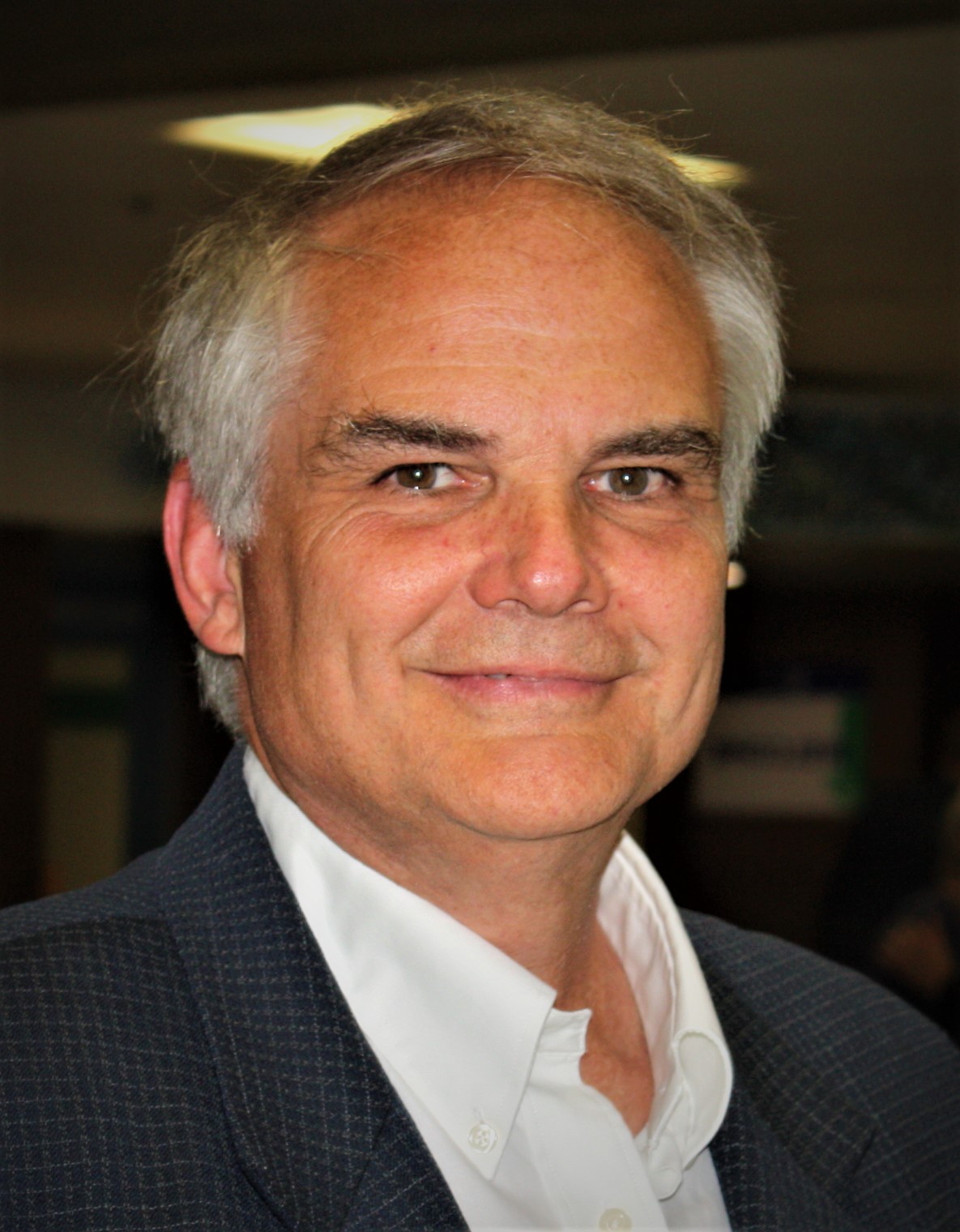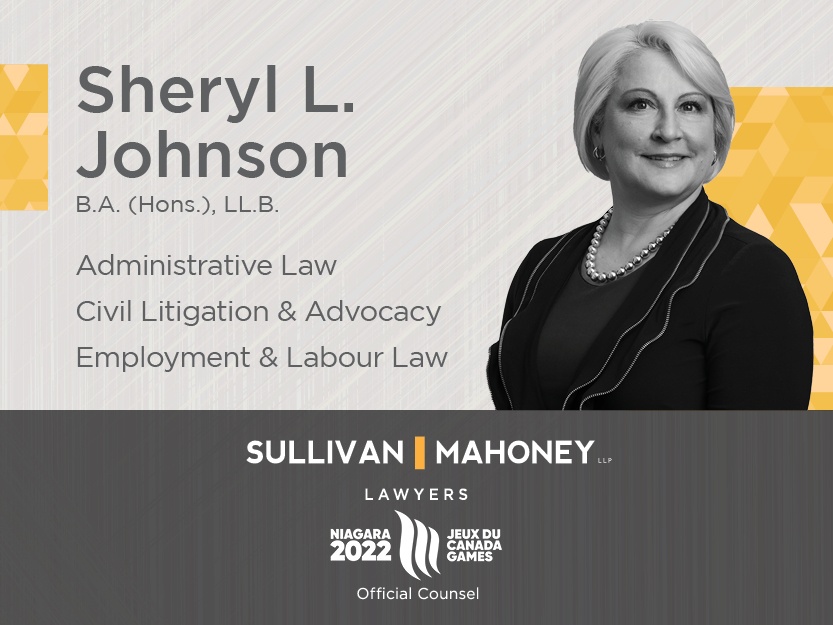Since 2015, year over year, the Liberal government increased the number of people they ushered into Canada. Through the decade the Liberals systematically implemented a make-over of Canada’s immigration system, and the early signals from Prime Minister Mark Carney suggest that he intends to proceed with the same immigration approach that was established by former prime minister Justin Trudeau.
The Liberals’ approach to immigration is identified in two foundational documents originating in the early years of the Trudeau government. First, the federal Advisory Council on Economic Growth chaired by Dominic Barton recommended that there be a 50 per cent increase in annual “permanent resident” immigration levels so that within five years (by 2021) that number would reach 450,000. Dominic Barton and Mark Wiseman also co-authored a longer-term strategy paper, The Century Initiative, that advised the government to increase the country’s population, by immigration, to 100 million by the year 2100. Urban centres across the country would see their populations exponentially increase: Toronto from 6.7 to 33.5 million, Montreal from 4.3 to 12.2 million, Vancouver from 2.6 to 11 million, and Calgary from 1.5 to 15.5 million, to name a few.
Second, the Trudeau government signed the United Nations (U.N.) Global Compact for Migration agreement in early 2017. This international agreement put in place an “open border” system for “safe, orderly and regular” migration from third world countries, mostly from the continent of Africa, into western countries. With the Liberals’ enthusiastic participation in the agreement, the U.N. recognized Canada as “the global leader” with its resettlement plans – in fact, the country has become the world’s largest intake of third world migrants, mostly from Africa.
In the aftermath of the COVID-19 pandemic, without parliamentary debate or public discussion, the Liberals swung the borders wide open to accept the largest intake of migrants the country has ever known. This occurred with higher numbers accepted across the five immigration categories – permanent resident status, temporary foreign workers, education permits, international mobility program admissions, and refugee and asylum seekers. Statistics Canada reported that in 2021 immigrants accounted for 643,853 people, or 2.1 per cent of Canada’s population. Two years later in 2023 that number rose to over 3.6 million people or 9.1 per cent of Canada’s population. In three years, the Canadian population had ballooned with the addition of enough people to populate the greater metro area of Montreal – and then some.
Last year the Liberals set a new record welcoming 483,390 “permanent residents” into Canada, and they increased the numbers accepted into Canada across all five categories. This was the crowning achievement of a decade of open borders that had immigration numbers rise by 78 per cent.
It is also significant to note that, through the last decade, not only have the Liberals brought in increasing numbers of people by design, they have also eased medical and health care rules for migrants. Also, at some undisclosed time, the Liberals even removed the requirement for a criminal background check for processing temporary workers and international students entering the country. These are policies that set apart and define the Trudeau Liberals’ approach.
Early signals from the Carney Liberals
Carney observed on the election campaign trail that the country’s current immigration program is failing Canadians and, most significantly, the people who have moved to Canada. Yet, in his first public comments on immigration since the election, Carney stated the government will continue to implement the policies and immigration levels set in late 2024.
On one hand Carney pledges to restore to “sustainable levels” the numbers of immigrants welcomed to Canada, but on the other hand he is only promising to tinker around the edges of an immigration plan that was developed a year ago. The government will maintain the immigration numbers that will result in 1.14 million new permanent residents and nearly 600,000 non-permanent residents into Canada in the next three years. Carney did make a new commitment to cap immigration at five per cent of Canada’s total population by the end of 2027, and he claims, “It’s a sharp drop from the recent high of 7.3 per cent. This will help ease strains on housing, on public infrastructure and social services.”
However, given the Liberals are proceeding with their 2024 plan, Carney’s new math will only work if those existing international students and temporary foreign workers who are scheduled to leave the country voluntarily return to their native homes. Consider that Statistics Canada estimates there are more than three million non-permanent residents in the country, and last year a parliamentary committee heard testimony that there may be as many as 600,000 undocumented migrants in the country. These numbers are not being factored by Carney. In a Globe and Mail article this week, economists point out that Carney’s announced policy may be achievable on paper only. Henry Lotin is quoted, “We know that many, perhaps even half, of these expired visa holders are awaiting permanent residency or a renewal of their temporary visa. The population estimates as presented assume expired temporary residents leave the country − that is a fiction.”
The numbers Carney used to support the Liberals’ immigration targets over the next three years are suspect – much like the Liberals’ promise made in 2024 to curb the immigration numbers, only to set a new record for migrants arriving by the planeload and at Canada’s border crossings.
More central to the question of whether there may be intent to change course on the Liberals’ immigration approach is the fact that Carney has selected for his prime minister’s office (PMO) two figures responsible for entrenching the Trudeau Liberals’ immigration policy. Carney appointed his old friend and former Blackrock manager, Mark Wiseman, as a key PMO advisor – the very same person who co-authored of The Century Initiative. Carney also tapped former Liberal MP Marco Mendicino as his chief of staff – Mendicino served as Trudeau’s immigration minister to oversee their open borders policies. The Liberals accepted Wiseman’s approach in Trudeau’s first mandate, and it was immigration minister Mendicino’s responsibility to enact the open border policy. Now, with Mendicino and Wiseman reunited in the backrooms of Carney’s PMO, one might expect there to be little appetite for a course-correction.
Carney’s selection of Lena Diab as the new minister of immigration is also a sign that Canadians will not see a departure from the existing immigration approach. Diab is a lawyer and community leader born in Halifax to Lebanese immigrant parents. Before being elected MP in 2021, she served as a provincial minister of immigration. Diab is recognized for expanding Nova Scotia’s immigration programs, launching “several express entry-aligned and entrepreneur streams” for migrants, promoting newcomer integration, and advocating for Francophone and racialized communities.
Given Diab’s provincial program experience, there has already been political commentary that she is likely to work towards making it easier for temporary foreign workers and international students in Canada to obtain permanent residency. Additionally, Diab’s ethnicity positions her nicely to advance the Liberals’ pro-Palestinian politics and, specific to immigration, the government’s “temporary resident visa” program for 5,000 Palestinians from Gaza – perhaps expanding the measures to introduce extended family members.
One final thought on the matter of immigration. During the election there was no debate about the Liberals’ open border approach to Canadian immigration policy and the related pressures that this has caused with the national housing crisis, or with the country’s strained health care and social services costs. Given the absence of debate, there was no need to commit to specific immigration policies – and, subsequently, it should not be surprising that the Carney Liberals will carry on providing Canadians with more of the same.

Chris George is an advocate, government relations advisor, and writer/copy editor. As president of a public relations firm established in 1994, Chris provides discreet counsel, tactical advice and management skills to CEOs/Presidents, Boards of Directors and senior executive teams in executing public and government relations campaigns and managing issues. Prior to this PR/GR career, Chris spent seven years on Parliament Hill on staffs of Cabinet Ministers and MPs. He has served in senior campaign positions for electoral and advocacy campaigns at every level of government. Today, Chris resides in Almonte, Ontario where he and his wife manage www.cgacommunications.com. Contact Chris at chrisg.george@gmail.com.






